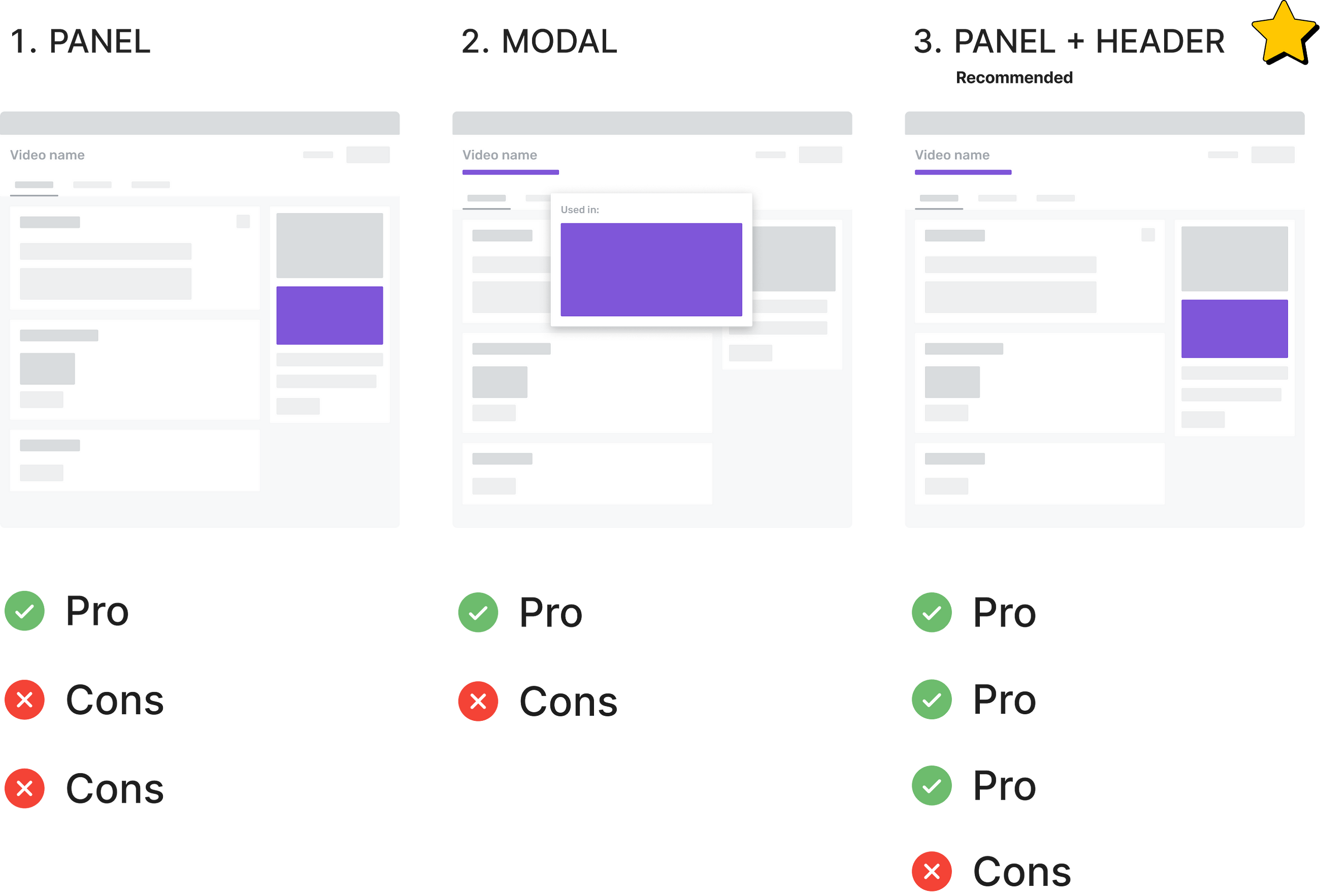BLOGS.NVIDIA.COM
Healthcare Leaders, NVIDIA CEO Share AI Innovation Across the Industry
AI is making inroads across the entire healthcare industry from genomic research to drug discovery, clinical trial workflows and patient care.In a fireside chat Monday during the annual J.P. Morgan Healthcare Conference in San Francisco, NVIDIA founder and CEO Jensen Huang took the stage with industry leaders progressing each of these areas to advance biomedical science and meet the global demand for patient care.Healthcare has a more severe labor shortage than any other field the industry is expected to be short 10 million workers by the end of the decade, according to the World Health Organization. By deploying foundation models to narrow the field of potential drug molecules and streamlining workflows with agentic AI, these innovators are helping meet the global demand by enabling clinicians and researchers to achieve more with their limited time.They include industry luminaries Patrick Collison, cofounder of Stripe and the Arc Institute nonprofit research organization; Christina Zorn, chief administrative officer at Mayo Clinic; Jacob Thaysen, CEO of DNA sequencing technology leader Illumina; and Ari Bousbib, chairman and CEO of clinical research and commercial services provider IQVIA.The four organizations at J.P. Morgan Healthcare announced partnerships with NVIDIA to advance drug discovery, accelerate pathology, enhance genomic research and augment healthcare with agentic AI, respectively.AIs Evolution, From Predicting to ReasoningHuang opened the event by reflecting on the tremendous progress in AI over the past year, spanning large language models, visual generative AI and physical AI for robotics and outlining a vision for a future involving agentic AI models that are capable of reasoning and problem-solving.The future of AI is likely to involve a fair amount of thinking, he said. The ability for AI to now reason, plan and act is foundational to the way were going to go forward.To support the development of these AI models, NVIDIA recently unveiled NVIDIA Cosmos, a physical AI platform that includes state-of-the art generative world foundation models. These models apply the same technique as a language model that predicts the next word in a sentence instead predicting the next action a robot should take.The idea that you can generate the next frame for a video has become common sense, Huang said. And if thats the case, is it possible that generating the next articulation could be common sense? And the answer is absolutely.AI for Every ModalityChanneling a late-night talk show host, Huang called up the guest speakers one by one to discuss their work accelerating biomedical research with AI innovation.First up was Collison, who shared the Arc Institutes mission to help researchers tackle long-term scientific challenges by providing multiyear funding that enables them to focus on innovative research instead of grant writing which he believes will spur breakthroughs that are unfeasible to pursue under todays funding models.A lot of the low-hanging fruit, the stuff that is easier to discover, we did, Collison said, referring to the development of groundbreaking treatments like antibiotics, chemotherapy and more in decades past. Today, its immensely harder.Already, Arc Institutes investments have resulted in Evo, a powerful foundation model that understands the languages of DNA, RNA and proteins. The institute is now working with NVIDIA on foundation models for biology that can advance applications for drug discovery, synthetic biology across multiple scales of complexity, disease and evolution research, and more.Next, Mayo Clinics Zorn shared how the research hospital is applying NVIDIA technology to one of the worlds largest pathology databases to transform cancer care with AI insights.We saw a paradigm shift in healthcare. Youre either going to disrupt from within or youre going to be disrupted, she said. We knew we had to embrace tech in a way that was really going to optimize everything we do.Zorn also shared how Mayo Clinic is approaching the future healthcare worker shortage by investing in robotics.Were going to use, essentially, the robots to be a member of the healthcare team in the healthcare spaces, she said.The evening wrapped with two leaders in healthcare information reflecting on ways multimodal AI models can uncover insights and streamline processes to boost the capabilities of human experts.Combining other information, other modalities, other omicsis going to give us much deeper insight into biology. But while DNA was very difficult itself, when you then combine all the omics, it becomes exponentially more challenging, said Illuminas Thaysen. Its getting so complicated that we do need huge computing power and AI to really understand and process it.IQVIA is working with NVIDIA to build custom foundation models and agentic AI workflows trained on the organizations vast healthcare-specific information and deep domain expertise. Use cases include boosting the efficiency of clinical trials and optimizing planning for the launch of therapies and medical devices.The company is committed to using AI responsibly, ensuring that its AI-powered capabilities are grounded in privacy, regulatory compliance and patient safety.The opportunity here is to try to reduce the dependencies and sequential series of steps that require a lot of interactions, and handle them without human touch, said Bousbib. AI agents will be able to eliminate the white space, that is, the time waiting for humans to complete those tasks. Theres a great opportunity to reduce time and costs.NVIDIA at J.P. Morgan HealthcareThe fireside chat followed a presentation at the conference by Kimberly Powell, NVIDIAs vice president of healthcare. In her talk, Powell discussed the industry collaborations and announced new resources for healthcare and life sciences developers.These include an NVIDIA NIM microservice for GenMol, a generative AI model for controlled, high-performance molecular generation and an NVIDIA BioNeMo Blueprint for protein binder design, part of the NVIDIA Blueprints collection of enterprise-grade reference workflows for agentic and generative AI use cases.For more from NVIDIA at the J.P. Morgan Healthcare Conference, listen to the audio recording of Powells session.Subscribe to NVIDIA healthcare news.Main image above features, from left to right, Illuminas Jacob Thaysen, Mayo Clinics Christina Zorn, Arc Institutes Patrick Collison, IQVIAs Ari Bousbib and NVIDIAs Jensen Huang.









